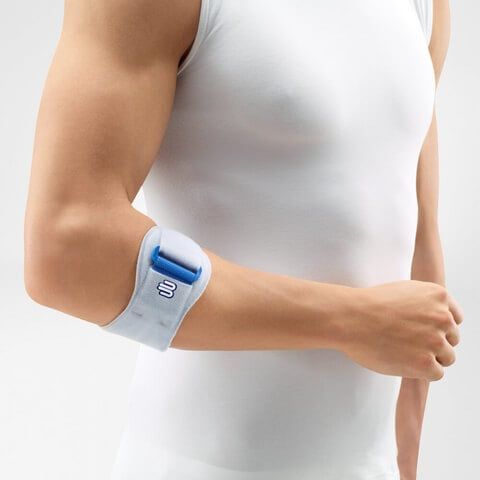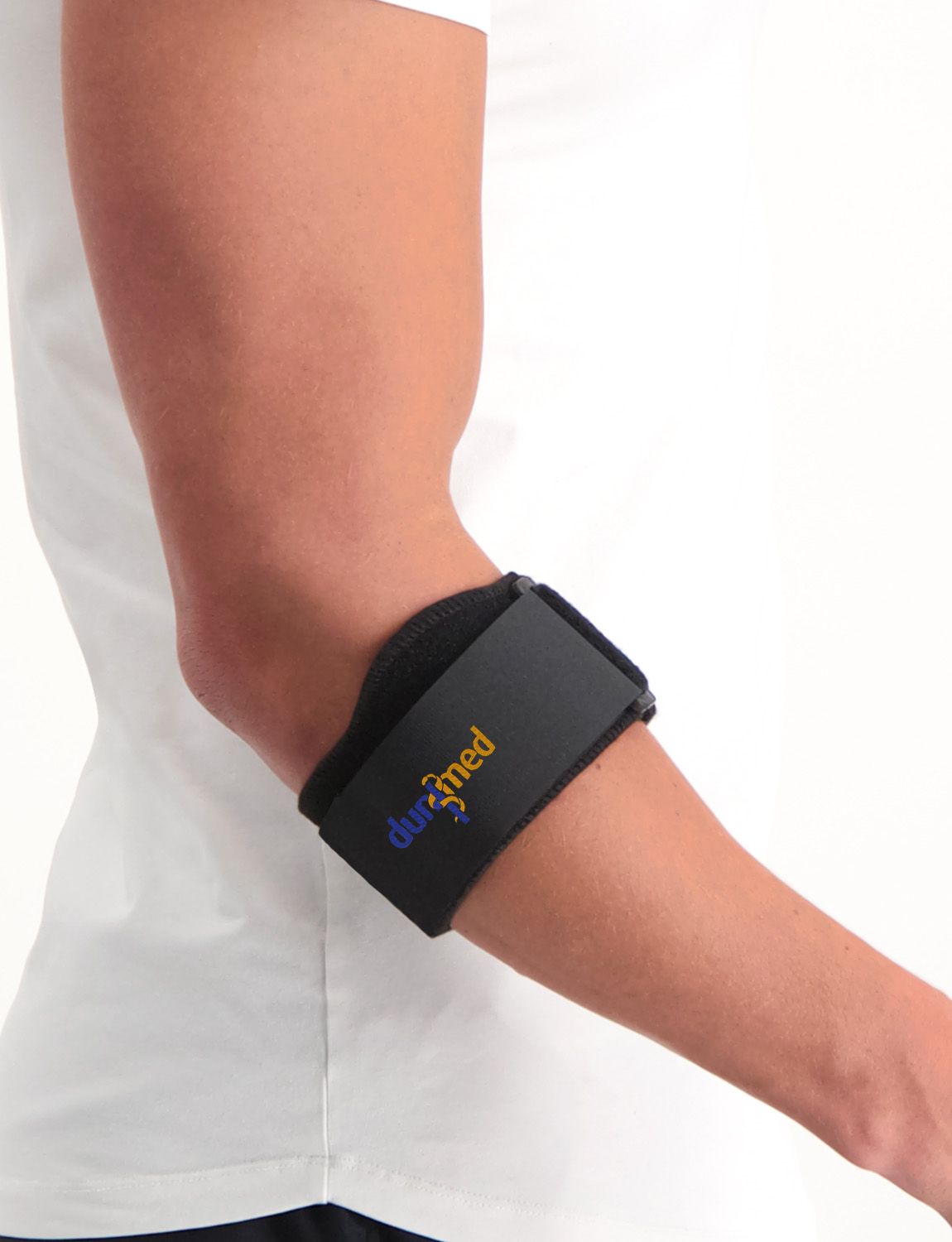Golfer's Elbow (Epicondylitis medialis)
Golfer’s elbow is a painful and troublesome condition that affects many people. With golfer’s elbow, you experience pain on the inside of the elbow. This can be very uncomfortable and may interfere with daily activities. In this article, we’ll explain the causes, symptoms, and treatment options for this condition. Read on to learn more:
What is golfer’s elbow?
Golfer’s elbow involves tendon inflammation, causing pain on the inside of the elbow. The pain typically worsens when you bend your wrist inward or make a fist. Movements such as these increase the strain on the affected area and intensify the pain.
What causes it?
The most common cause of golfer’s elbow is tendonitis, usually resulting from overuse of the tendons responsible for flexing the wrist toward the palm. This overuse can have several underlying causes:
- Frequently lifting heavy objects, which involves repetitive arm movements
- Repetitive motions during sports such as tennis, badminton, squash, or golf
- Prolonged manual work involving the hands and arms, such as using tools or cleaning
What are the symptoms?
Several symptoms may indicate golfer’s elbow. Common signs include:
- Pain on the inside of the elbow
- Pain increases when making a fist or bending the wrist inward
- Increased pain when pressure is applied to the area
- Morning pain
- Pain decreases with rest
- Pain increases with frequent arm use
- Radiating pain toward the hand
How is golfer’s elbow diagnosed?
Your doctor will ask a few questions and perform a physical examination. Based on this assessment, they may refer you to a physical therapist for a guided exercise program. Additional tests such as CT scans or X-rays are usually not necessary.
What treatments are available?
The main treatment for golfer’s elbow is exercise therapy. Together with a physical therapist, a personalized program is created to strengthen the forearm tendons. In some cases, pain relief may be needed—paracetamol is often recommended. You may also consider a corticosteroid injection. This injection can reduce pain for around six weeks, but it does not speed up recovery—it is intended solely for pain relief.
Wearing an elbow brace can also provide proper support and protection for the affected area.

Bauerfeind EpiPoint Tennis Elbow Strap

Novamed Premium Comfort Elbow Support

Lyon Premium Elbow Support

Dunimed Tennis Elbow Strap

Dunimed Elbow Support

- Physiotherapist
- Sports podiatrist
- Manual therapist
- Podopostural therapist
- Myofascial dry needling specialist


